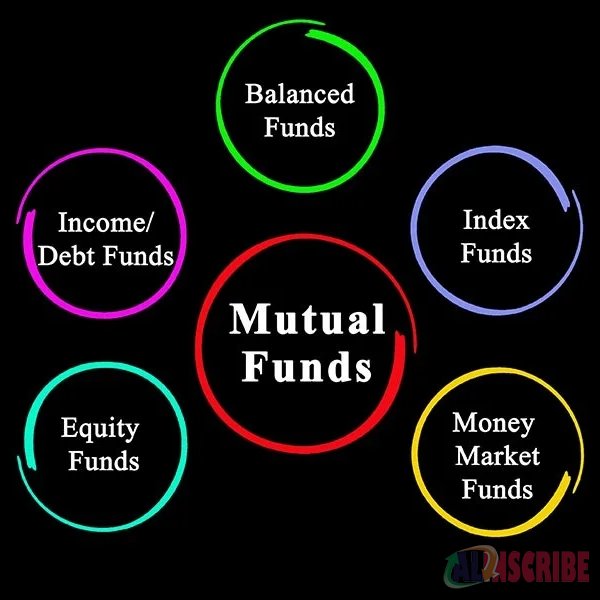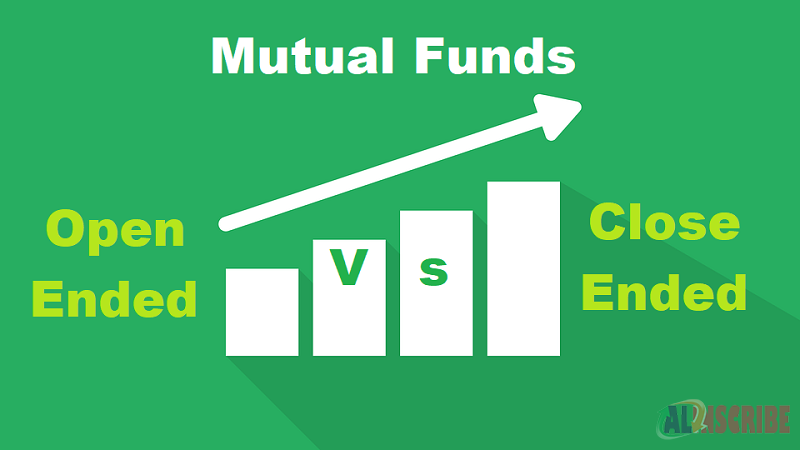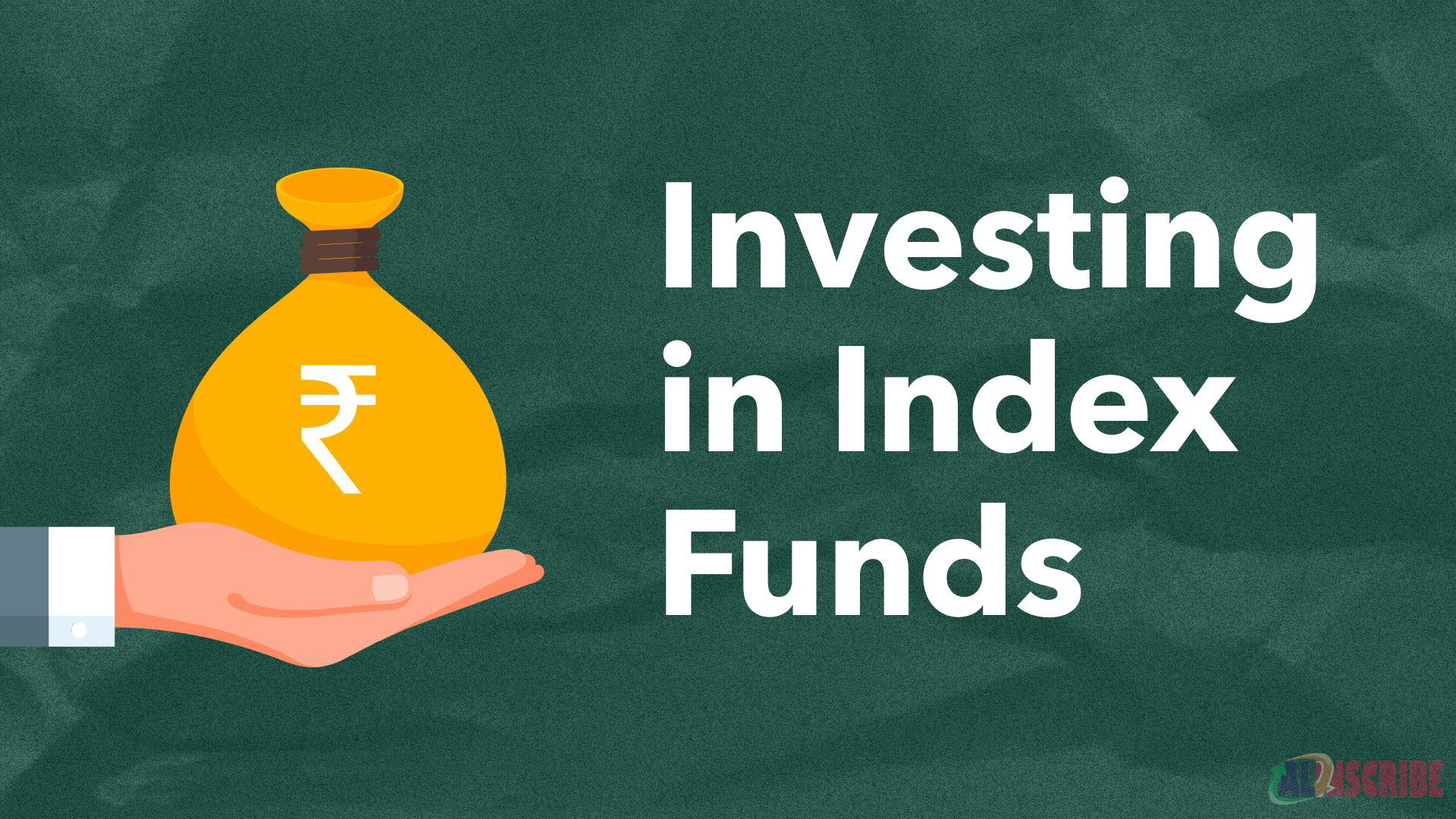Types Of Mutual Funds

We have seen what are Mutual funds in the previous article on the introduction of Mutual Funds. We will now look into the types of Mutual funds.
Open Ended Funds:
Open ended schemes do not have maturity period and are available for Subscription (Purchase) and redemption (Sale) continuously throughout the year. The subscription and redemption shall be done through the fund itself. The price of the units is calculated on a daily basis and the investors are allotted units with the respective NAV on the day of investment. This provides high liquidity to the investors. Since the subscription and redemption is done on a daily basis, the number of units in the scheme keeps fluctuating always. This scheme is Very volatile scheme. When the shares are bought, new shares are created and when the shares are redeemed, the shares are taken away from circulation. When large number of shares are redeemed, the fund may sometimes be required to sell the assets or investments to settle the investors.
These open ended funds are easily accessible to the investors as they don’t require huge investment to enter into. Since the funds are pooled-in from the investors, these funds have lower operating costs.

Close Ended Funds:
Unlike open ended schemes, closed ended schemes have a maturity period normally 5 or 10 years. This scheme is open for subscription only during specified time notified by AMC. The company reports NAV on a periodical basis generally on a week basis and not on a daily basis. Investor can invest at the time of initial issue and thereafter they can buy or sell from stock exchange where the scheme is listed. The fund size is fixed. The Close ended fund raises amount only once by issuing shares through IPO. Though the fund size is fixed, the investors can trade their securities. These funds can only be purchased or sold through broker and not directly with the fund provider like in the case of Open ended funds. The price of close ended fund is highly influenced by Supply and demand and so it is often traded at a premium or discount. These close ended funds often represent the investment in specific industry or geographical sector. Investments or funds that have a poor risk - return profile would be traded at discount and vice versa.
Money Market Fund:
A money market fund is a open ended fund for raising short term requirements like Government bonds, Commercial papers and Treasury bills. They have a lower potential to earn return when compared to other mutual funds. The main objective of these funds is to earn interest to the investors while maintaining the NAV as low as possible (generally $1). The NAV of $1 is maintained by declaring Dividend daily at an amount equal to the fund’s net income. If a Fund’s NAV is fallen below $1 it is called the fund “Broke the Buck”.
Breaking the buck has happened very rarely and it has happened only 3 times in the 37-year of money market funds. The first time it occurred was in 1978 by “First Multifund for Daily Income (FMDI)”. The Second time was it happened was in 1994 by “The Community Bankers US Government fund”, which paid only 96 cents per share. The next time it occurred was on the 16th day of September 2008 by “Reserve Primary Fund” when its shares fell to 97 cents after writing off the debt issued to Lehman brothers Holdings Inc. which filed for bankruptcy on 15th September,2008.
Shares of these funds can be purchased through brokerage firms, mutual funds and banks.
These funds are generally termed as “Low-Risk, Low –Return” investment. Investors having long term investment objective do not prefer these funds as they do not fetch capital appreciation as required by the investors.

Fixed income funds:
Fixed income funds are the Mutual funds that fetch fixed return to the investors at periodical intervals. The amount of return may vary based on the fund opted for and on the amount invested. There are many types of fixed income funds like,
- Treasury-Inflation Protected Securities (TIPS) Fixed Income Funds,
- Municipal Fixed Income Funds,
- Investment Grade Corporate Fixed Income Funds,
- High-Yield Fixed Income Funds,
- International Fixed Income Funds.
These Fixed income funds helps the investors to diversify their portfolio. These funds possess less risk compared to Equity and Derivatives.
Equity Funds:
Equity mutual funds are the funds that invest in the Equity segment or commonly referred as Stock Market. These funds are also known as Stock funds. Equity funds are private investment funds that invest in the equity or capital of companies. These funds invest huge amount in the companies to generate higher returns. This also leads to have higher risk. These funds fulfill the long-term goals of wealth maximization. The size of an Equity fund is generally determined by Market capitalization. These funds can also be categorized based on the Geographical markets focused such as Domestic, global, international etc, based on Market capitalization such as Large cap, Mid cap etc, Investing style such as Private, Equity or Dividend growth etc, Sector specific funds. The main reason investors choose Equity funds are due to the availability of opportunities for higher diversification, higher returns and higher flexibility.
 :
:
These funds are a mix of equities and debt fund. The main aim of these funds is to achieve higher return. These funds invest amount into each asset class to earn higher returns. These funds do not frequently change their asset mix. These are also called “Hybrid Funds”. These funds are a best option for long term investment opportunities. Since these funds are a mix of equity and debt, these funds are less volatile compared to the fully equity schemes as the debt component in these funds help in maintaining volatility. The mix of equity and debt depends on how aggressive the funds are like more aggressive funds hold more equity compared to debt and less aggressive funds hold high debt or fixed income components compared to equity component.
Index Funds:
These funds invest in an index to match with the components of market index like Standard & Poor Index (S&P 500). These funds are passively managed funds. These funds are managed with a predefined set of rules. The fund managers replicate the performance of benchmark index. These funds have low costs, low turnovers.

Exchange Traded Funds (ETF):
ETF’s are funds that track an index or a commodity like an Index Fund. These funds have features similar to stock like tax efficiency and low costs. The authorized participants act as market makers for ETF’s. ETF can be bought or sold like any other stock on stock exchange. An investor can invest at real time prices as against end of day prices (NAV) of the day. An ETF combines the valuation feature of the mutual fund with the tradability feature of the closed ended fund.
Types of ETFs:
- Index ETFs – Securities that replicate the performance of stock market index.
- Commodity ETFs – These invest in commodities, such as precious metals and futures.
- Bond ETFs – ETFs that invest in bonds are called Bond ETFs. They thrive during economic recession as investors opt to withdraw their money out of the stock market and into bonds.
- Currency ETFs – The funds are total return products where the investor gets access to the foreign exchange spot change, local institutional rates and a collateral yield.
- Actively managed ETFs – Mostly, ETFs are passively managed. But some ETFs are also actively managed. It started in the US in the year 2008. The first ever active ETF was Bear Stearns Current Yield ETF. This is a fully transparent ETF and they have been publishing their current securities portfolios on their websites daily. The fully transparent nature of ETF means that an actively managed fund has arbitrage risk by market participants as their portfolio or report of holdings is revealed by its daily reports.
- Inverse ETFs – Inverse ETF is designed to perform exactly as inverse or opposite to the benchmark it is designed to track. The techniques used in these funds are Trading derivatives, short selling and other leveraged techniques. In other words, these funds are constructed for the purpose of profiting from the fall or decline in the value of an underlying benchmark.
- Leveraged ETFs – A LETF uses debt and financial derivatives to increase or maximize the returns of underlying index. These ETFs are mostly available for S&P 500 or Dow Jones industrial average. The main aim of these funds is to limit or restrict the leverage in the investment time frame as to 2 times or 3 times the daily index return. These funds are generally used by the speculators who wish to take advantage on short - term momentum of the index. These have huge costs and also possess high risk, which makes it not preferable for long term investment.
Specialty Funds :
Funds that focus on or invests predominantly in a single industry are called Specialty funds. These funds possess huge risk as the return for these are depended on the performance of the industry it is invested in. These funds have possibility for huge return and as well could collapse. Regional funds, a type of specialty funds focus on individual regions or individual country. These regional funds make buying stocks in foreign country easier.
Fund-of-Funds (FoF) :
Fund of Funds, as the name suggests, is a scheme that invest in other mutual fund schemes. The concept is popular in markets where there are many mutual fund offerings and choosing a suitable one is difficult. These funds like other mutual fund scheme invests in a portfolio of securities such as equity, debt etc. In brief, the underlying securities of these funds are other mutual funds either from the same family or from other fund houses. These funds allow the investors to diversify their portfolio with minimal capital and earn returns. The returns in this type of funds are generally lower than that compared to solely managed funds.
Article Comments
Similar Articles
Articles Search
Sponsor
There are zero sub-categories in this parent category.
There are zero sub-categories in this parent category.
There are zero sub-categories in this parent category.
















